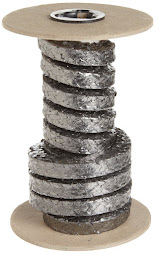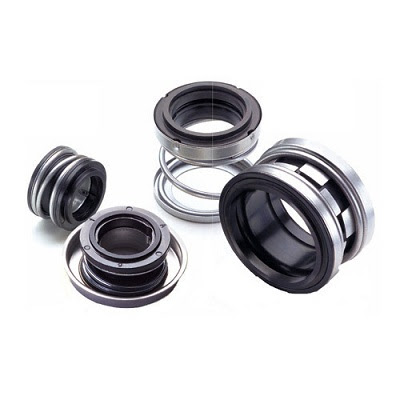Basics of compression packing
Compression packing is a sealing device in a
mechanical component. It works as a seal, often controlling water or gas leaks.
Compression fittings are usually made of soft and flexible material, consisting
of several rings that are inserted into an annular space (packing box) between
the rotating or rotating element and the body of a pump or valve.
By pressing the follower or gland against the upper ring,
pressure is applied to the packing assembly, spreading the ring to be shiny
around the edges of the packing.
boxes and objects that move or rotate, giving marks.
Compression fittings find their main use in processing industries such as
petrochemical, paper, and metallurgy, as well as in utilities such as utilities,
water, wastewater, sewage, food, and nuclear. They seal all types of fluids
including water, steam, acids, caustics, solvents, gases, oils, fuels, and other
chemicals at a wide range of temperatures and pressures. They are used in
rotary, centrifugal, and reciprocating pumps, valves, expansion joints, soot
blowers,
and many other kinds of resources. Compression fittings are
easy to install and maintain. With proper attention, great success can be
expected.
The quality of the compression package depends on several
important factors:
Good selection of packaging materials to meet the needs of logistics. The complete measurement of surface velocity, pressure, temperature, and fluidity reuse.
Pay attention to proper installation and termination
procedures. High standards of equipment maintenance.
Compression packings used in pumps, whether in rotary or reciprocating work, often rely on a liquid film between the surfaces of the moving parts of the equipment and packing, for lubrication. The source of this water film is fuel (liquid, solid, or mixed), leaks from processed water or aromatics. During equipment start-up, oil can be released from the packing by gland pressure to provide initial lubrication and seal.
During the break-in
period, these lubricants bridge the period between dry running and the
introduction of the normal forced-air cycle. Little by little, by changing the
pressure of the gland, the fluid that flows, or the source of lubrication,
takes over the forced function by providing a continuous fluid film. glandular
pressure
If you want to learn more about compression packing then you can visit our website.




Comments
Post a Comment